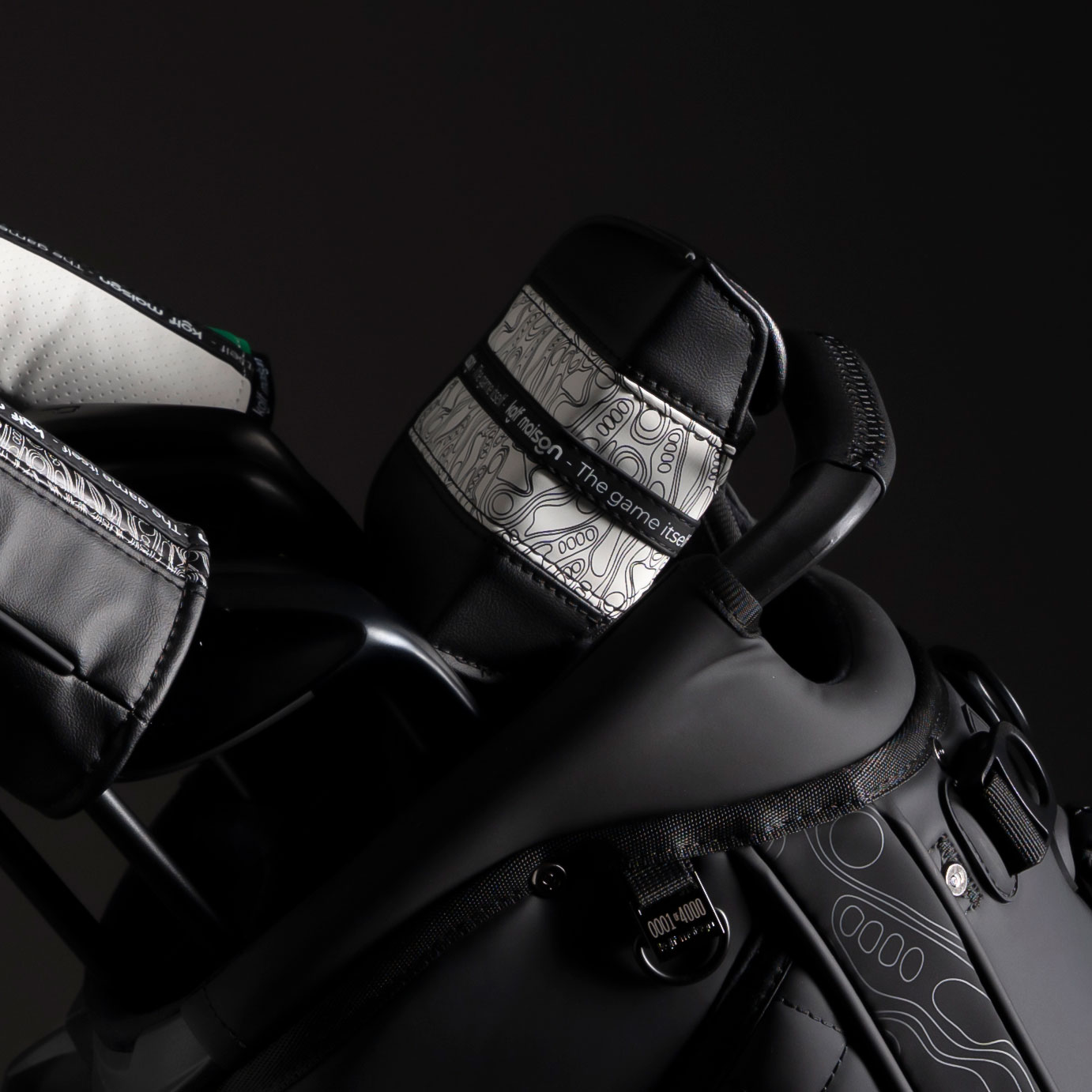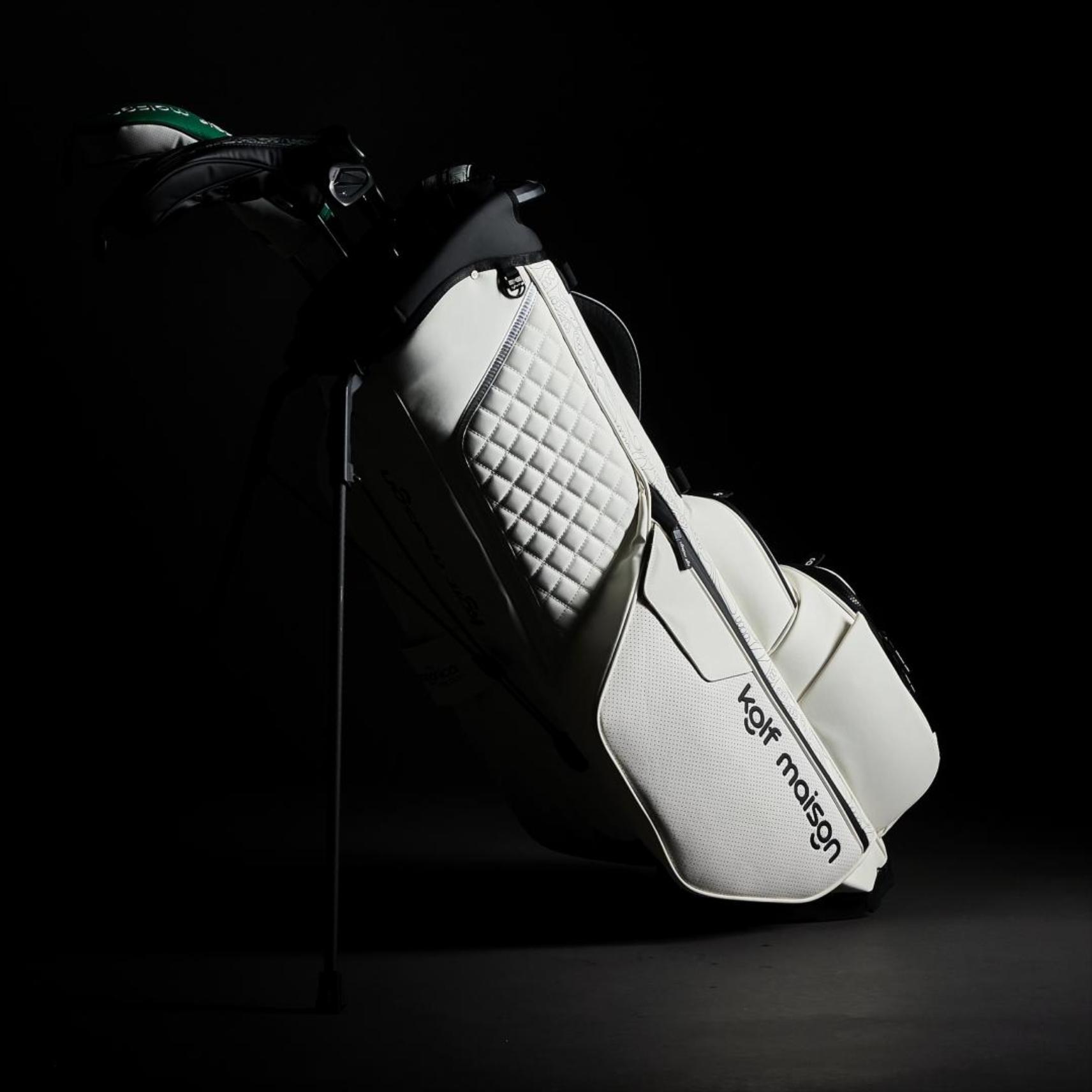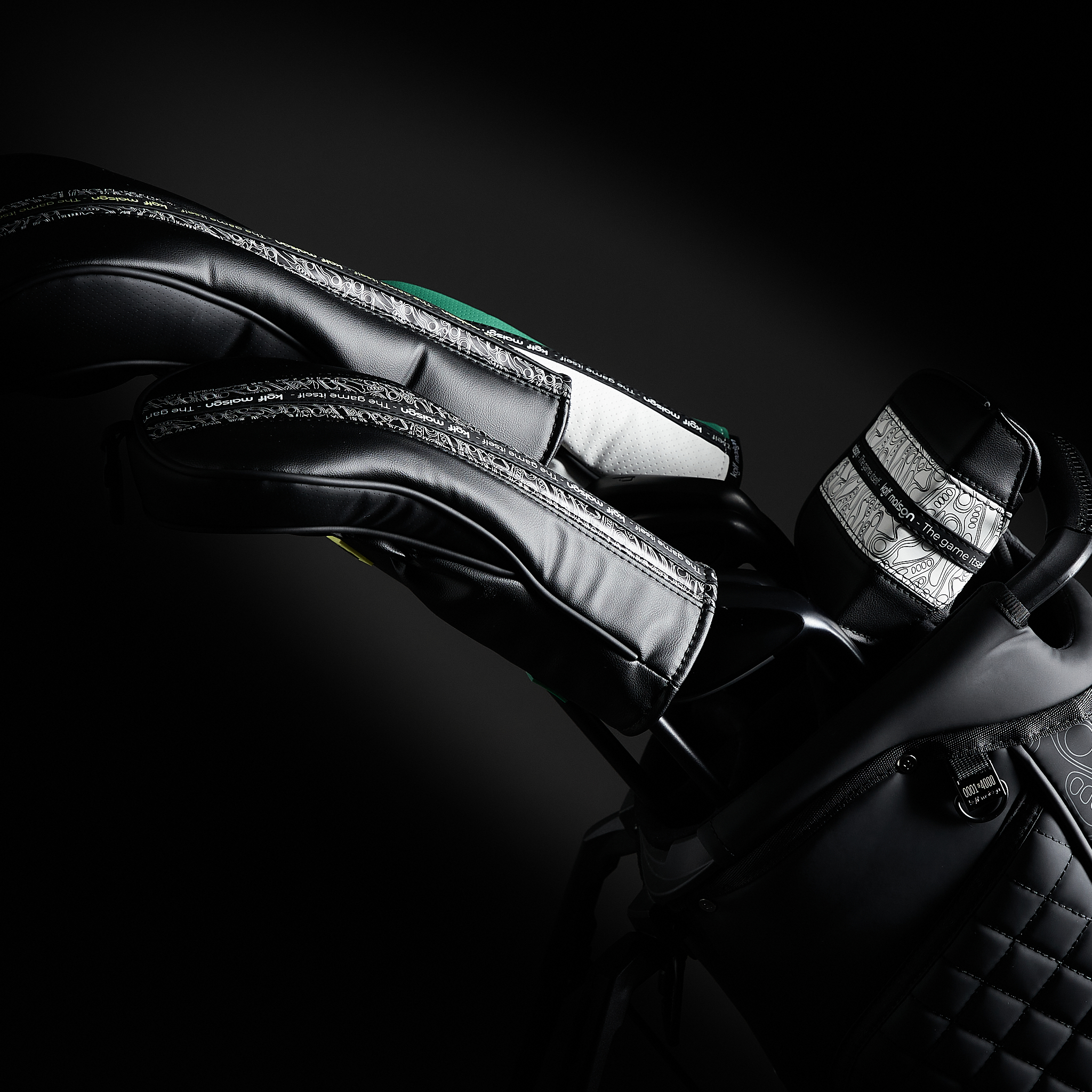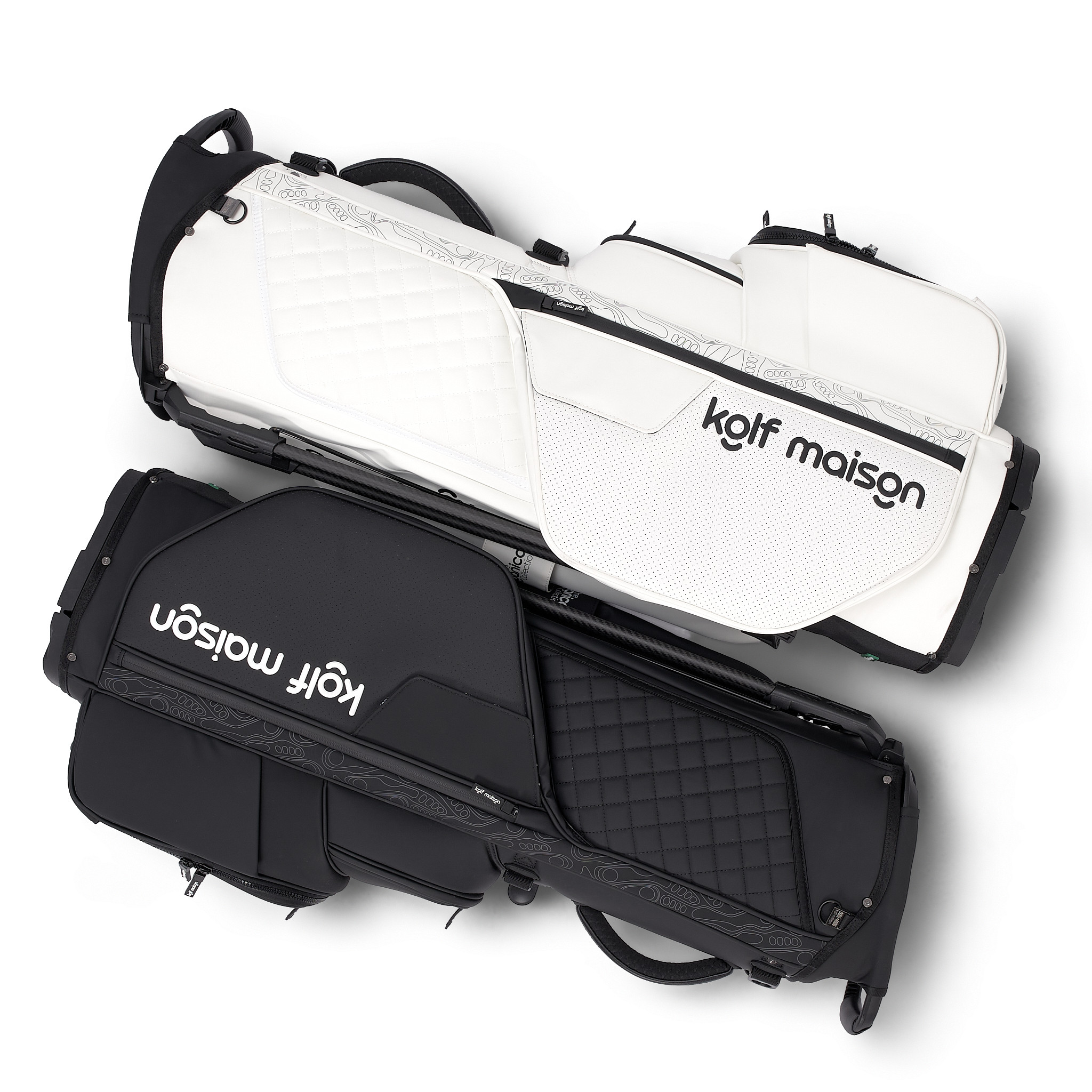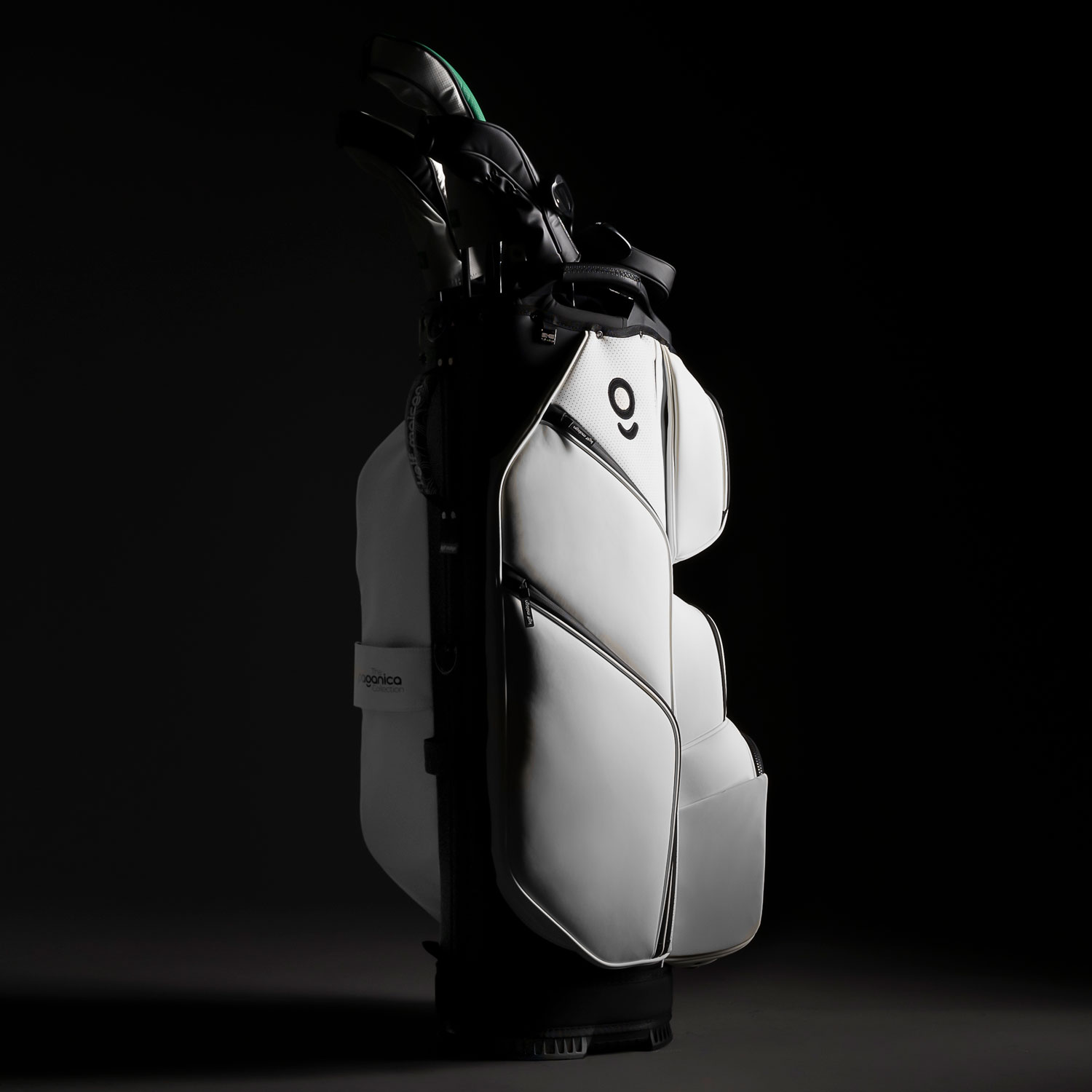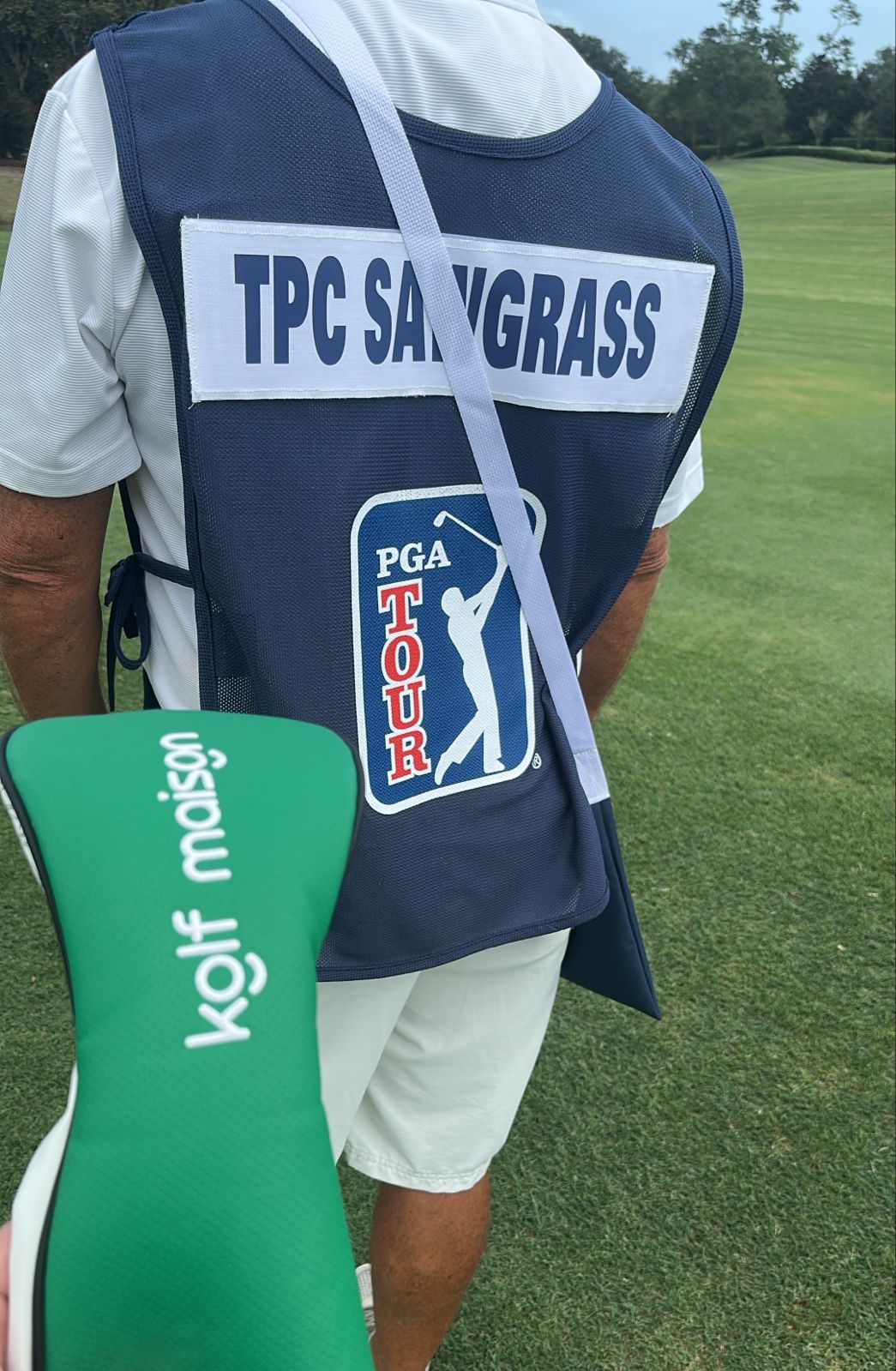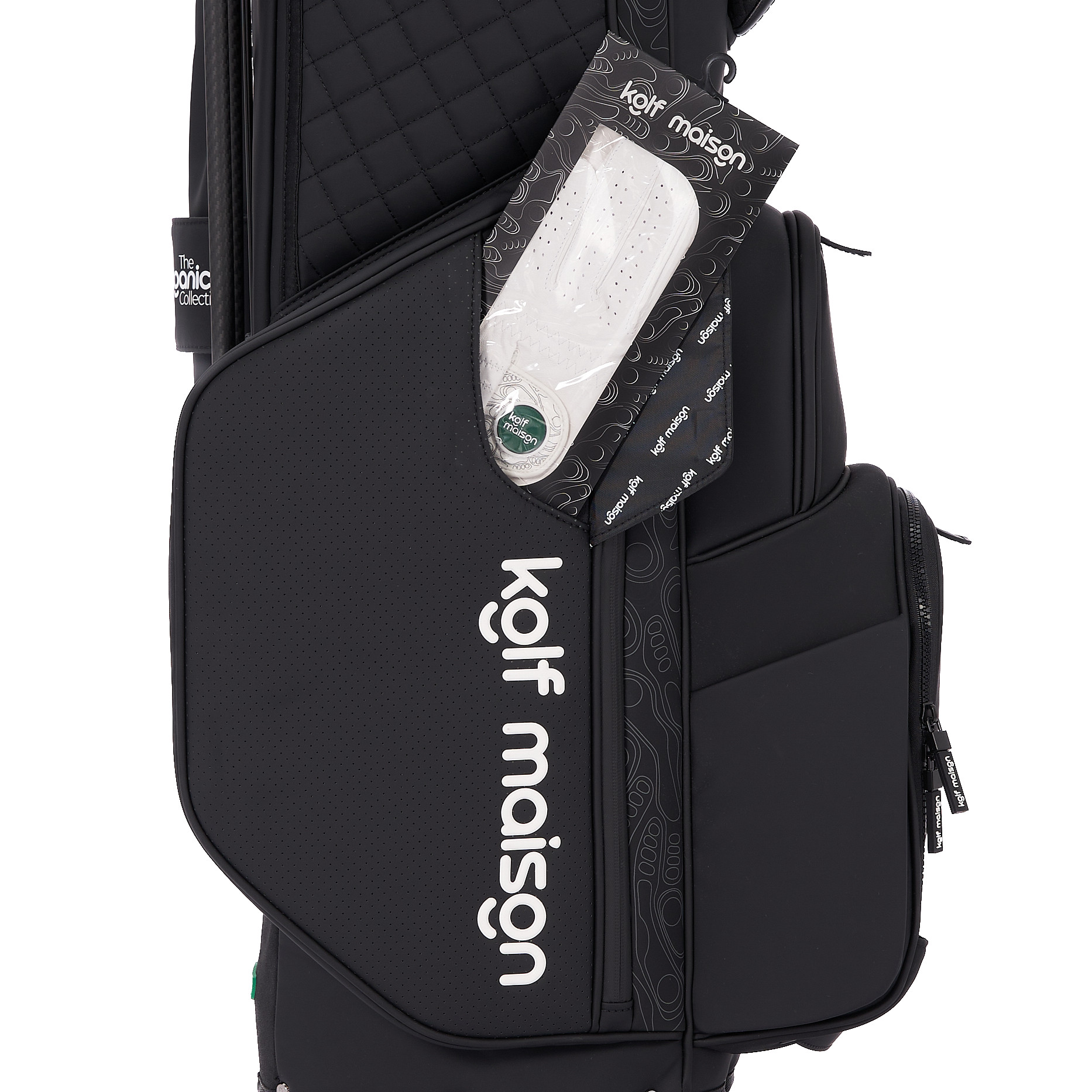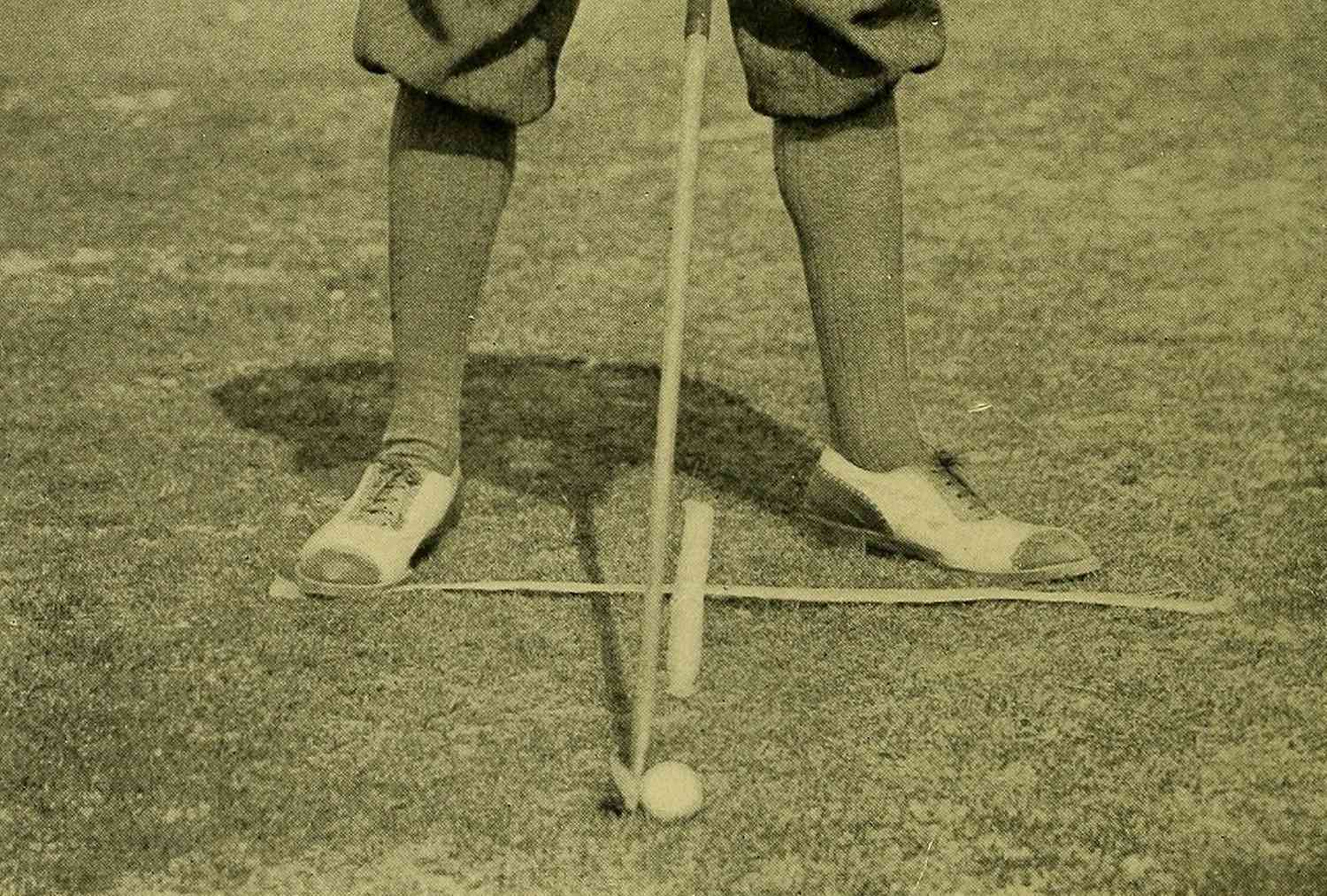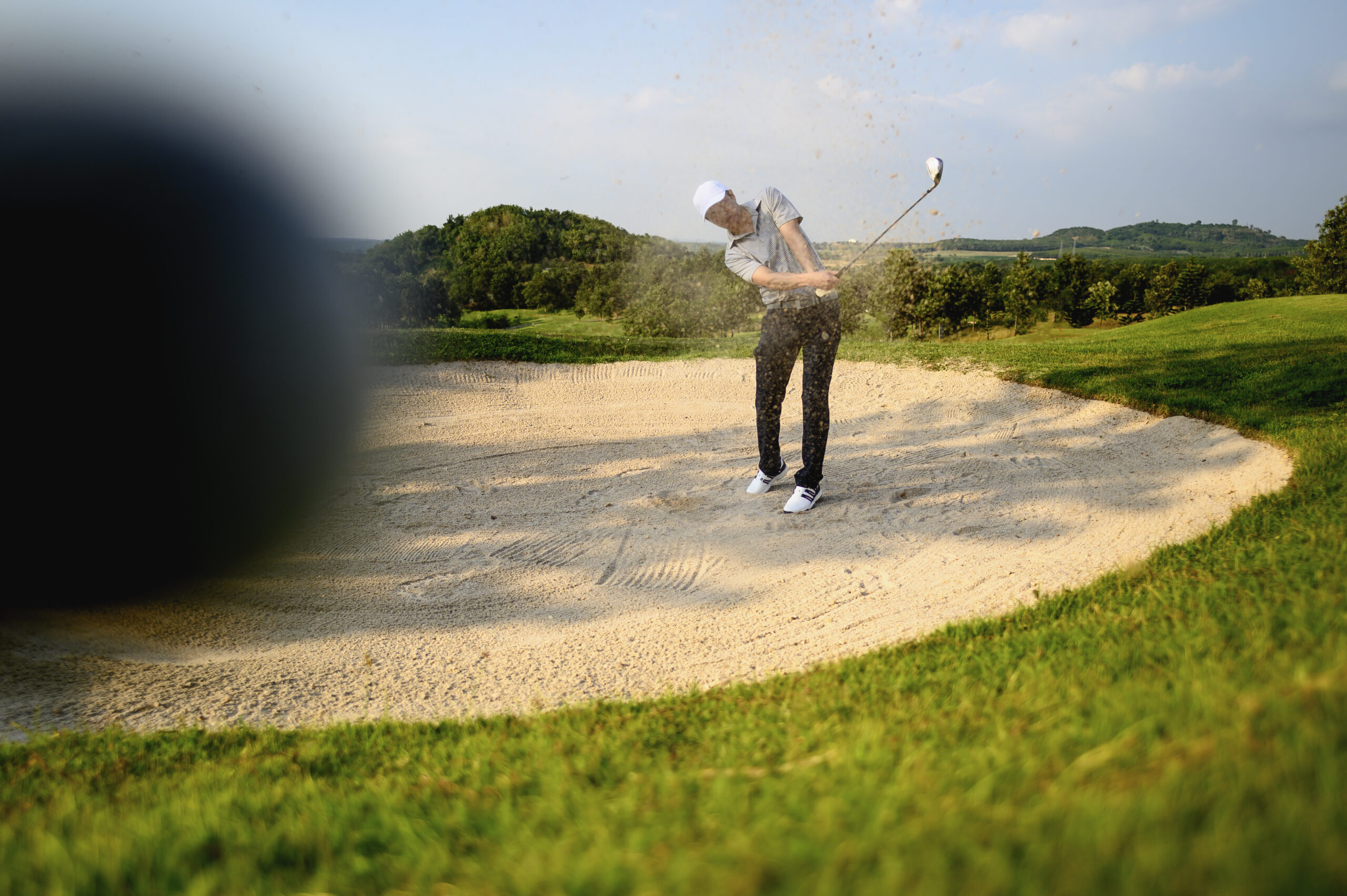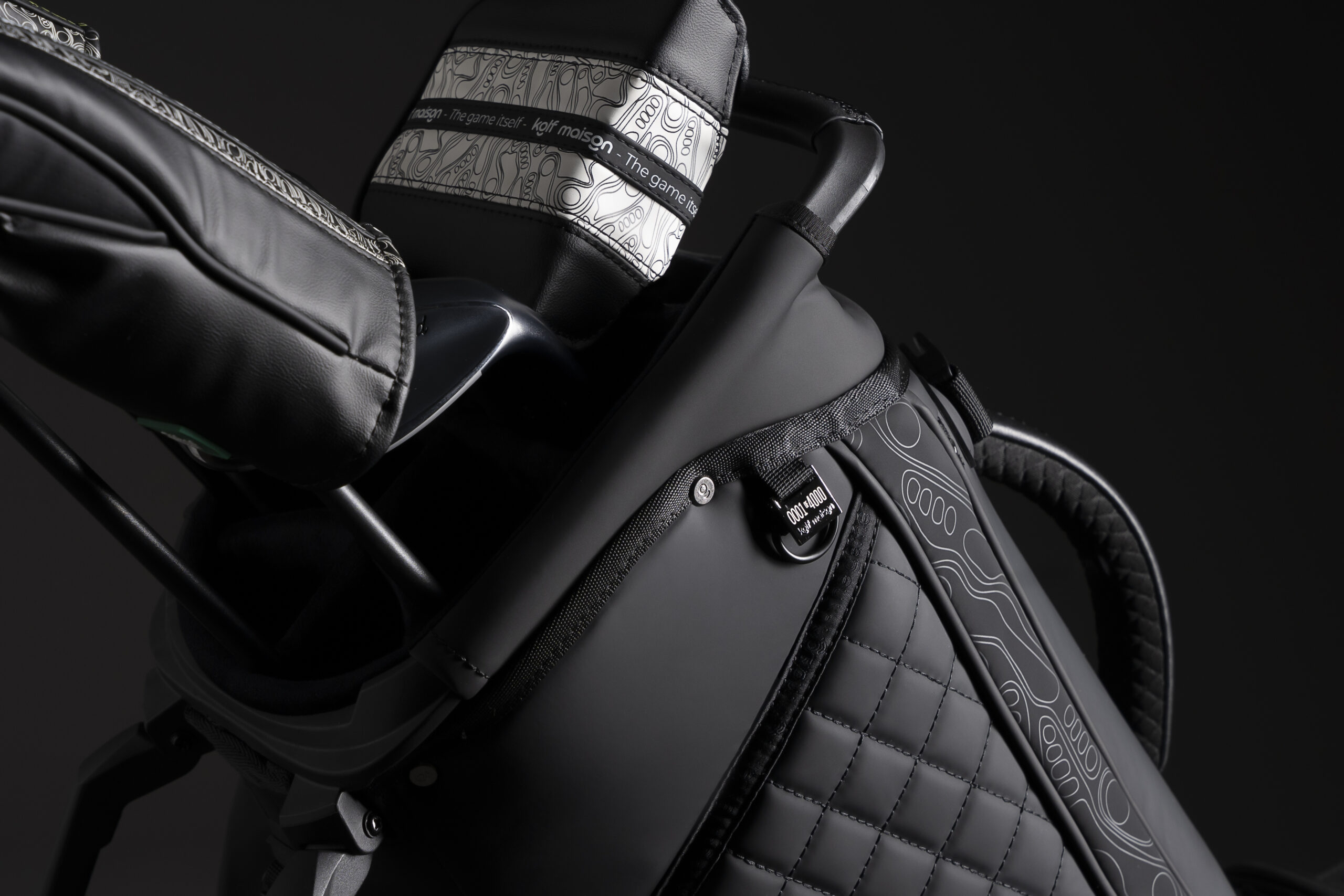Login
Lost your password?
Register
Already have a n account? Login
New client? Create an account
Continue As Guest
The Mallet Putter: A New Era of Precision
SHARE

Beyond the Blade: A Deep Dive into Mallet Putter Design and Performance
In the world of golf, tradition often holds a sacred place. The classic blade putter, with its simple, elegant profile, is a timeless symbol of pure feel and minimalist design. It is the tool of the purist, the artist who trusts their hands and their touch above all else. Yet, in the pursuit of modern precision, a new icon has emerged: the mallet putter. A departure from the historical archetype, the mallet is a testament to the marriage of sophisticated engineering and a deep understanding of the putting stroke. It is a tool for the thinking golfer, for the player who embraces innovation for a competitive edge. This is not just a choice of aesthetics; it is a fundamental decision about how to approach the game’s most crucial moments. This is a look at what lies beyond the blade, into the science and the art of the mallet putter.
A great putt is a delicate act of controlled motion, a precise communication between the golfer, the club, and the ball. The feel of a mallet putter is unlike any other. Its weight and balance provide a sense of stability that can quiet the hands and calm the mind, allowing a player to focus purely on the line and the speed. The design, often featuring clean lines and a broader footprint, is a visual compass that instills confidence before the stroke even begins. It is a tool built for consistency, for minimizing the variables that can lead to a missed putt. For those who seek to master every aspect of their game, the mallet putter is not merely an option; it is a strategic advantage, a reflection of a player who values the unwavering performance of a perfectly engineered piece of equipment.
The Principle of High MOI: Forgiveness by Design
The single most important principle behind mallet putter design is the concept of Moment of Inertia, or MOI. While it may sound like a complex physics term, its benefit is beautifully simple: it’s a measure of a putter’s resistance to twisting on off center hits. The classic blade putter, with its concentrated mass, has a low MOI. When a putt is struck off the sweet spot, the face can twist slightly, causing the ball to start on the wrong line and lose a significant amount of speed. The result is a putt that misses the hole and often comes up short. Mallet putters, with their weight distributed to the perimeter and back of the clubhead, have a significantly higher MOI. This increased stability means that even on a mis hit, the putter face remains square to the intended target, delivering a more consistent roll with far less loss of speed. Forgiveness is not just a feature; it is the fundamental purpose of the mallet putter. It is a tool designed to ensure that even a slightly imperfect stroke still produces an excellent result, a form of quiet reliability that is invaluable on the green. The benefits of a high MOI putter are clear in their ability to improve consistency.
Think of it like a spinning top. A simple, compact top will wobble and fall quickly. A top with weight distributed to its outer edges will spin for a much longer time, maintaining its axis. A mallet putter is engineered with the same principle. Its design pushes the weight back and to the sides, creating a larger, more stable clubface that is less susceptible to wobble and twist. This stability allows a player to attack the putt with confidence, knowing that a slight error will not derail the entire shot. For the golfer who plays on a variety of courses and under a variety of conditions, this consistent performance is a defining advantage. It is the perfect marriage of form and function, where the aesthetics of the putter’s shape serve a purely technical purpose. This is a design philosophy that elevates a tool to a work of art, a perfect blend of style and strategic utility.
The Art of Alignment: A Visual Compass for the Green
In addition to their forgiveness, mallet putters are renowned for their superior alignment aids. Their larger, more intricate shapes provide a canvas for designers to create clear, intuitive lines, dots, and markings that help a golfer visually square the putter face to the target line. For many players, the biggest challenge in putting is not the stroke itself, but a lack of confidence in their aim. A mallet putter’s design acts as a visual compass, a reassuring guide that helps a golfer stand over the ball knowing they are aimed correctly. This visual feedback can significantly reduce anxiety and promote a more free and confident stroke. Whether the design incorporates a simple line or a more complex series of wing like features, the purpose remains the same: to create an unmistakable sense of alignment that inspires trust. The science of alignment technology has changed putting for the better, making it more intuitive and repeatable.
The visual appeal of a mallet putter is often what first draws a golfer’s eye. The clean lines, the balanced proportions, and the meticulously placed markings all work in concert to create a sense of harmony and purpose. This is a design that whispers confidence, rather than shouts it. It is a subtle invitation to trust one’s eyes and one’s instincts. For a brand like Kolf Maison, this is a core principle of design; that a tool should not only perform flawlessly but should also inspire a feeling of quiet assurance and refined style. The design of a mallet putter is not merely an exercise in industrial design; it is a deep dive into human psychology, understanding what makes a player feel confident and in control on the green. The aesthetic and the functional are woven together into a single, cohesive piece.
Beyond the Core: The Anatomy of a Perfect Stroke
While a mallet putter’s design provides technical advantages, its greatest contribution may be to the player’s mental game. The sheer stability of a high MOI putter head allows a golfer to develop a simple, repeatable, pendulum like stroke. The putter itself is so forgiving that a player can focus less on correcting for mis hits and more on refining their motion. This promotes a quiet handed, smooth stroke, free from the compensatory movements that can derail a putt. The golfer can learn to trust the weight of the putter to move through the ball, creating a consistent roll and predictable speed. The mallet putter’s stability encourages a more natural, repeatable motion, making it an excellent teaching tool for players of all skill levels. Research shows that consistent strokes are a key driver of lower scores.
The choice of a putter is a deeply personal one, a reflection of a golfer’s priorities on the green. For the player who values a quiet, stable stroke and the unwavering consistency that comes with it, the mallet putter is a clear choice. It is a symbol of a player who values the science behind the art, a person who understands that true elegance often lies in simplicity and the flawless execution of a perfect design. The Kolf Maison Paganica Head Cover Set, designed to cradle a putter of any shape, is a testament to this understanding, proving that even the most functional accessory can be a statement of refined style and a nod to the discerning golfer’s commitment to quality. The choice to protect and elevate one’s putter, be it a blade or a mallet, is a reflection of a life well played, where every detail matters.
What are the main benefits of using a mallet putter?
The main benefits of using a mallet putter are its high Moment of Inertia (MOI), which provides superior forgiveness and stability on off-center hits, and its advanced alignment aids, which help golfers aim the putter face more accurately. These features work in concert to promote a more consistent roll and build a golfer’s confidence on the green.
SHARE
More Readings about Kolf Maison and Golf
BY DESIGN
- All
- Global Fairways & Journeys
- Golf Academy
- Style & Legacy
- The Artisan's Craft
- The Edge of Performance
- The Kolf Maison Ethos
- Travel










